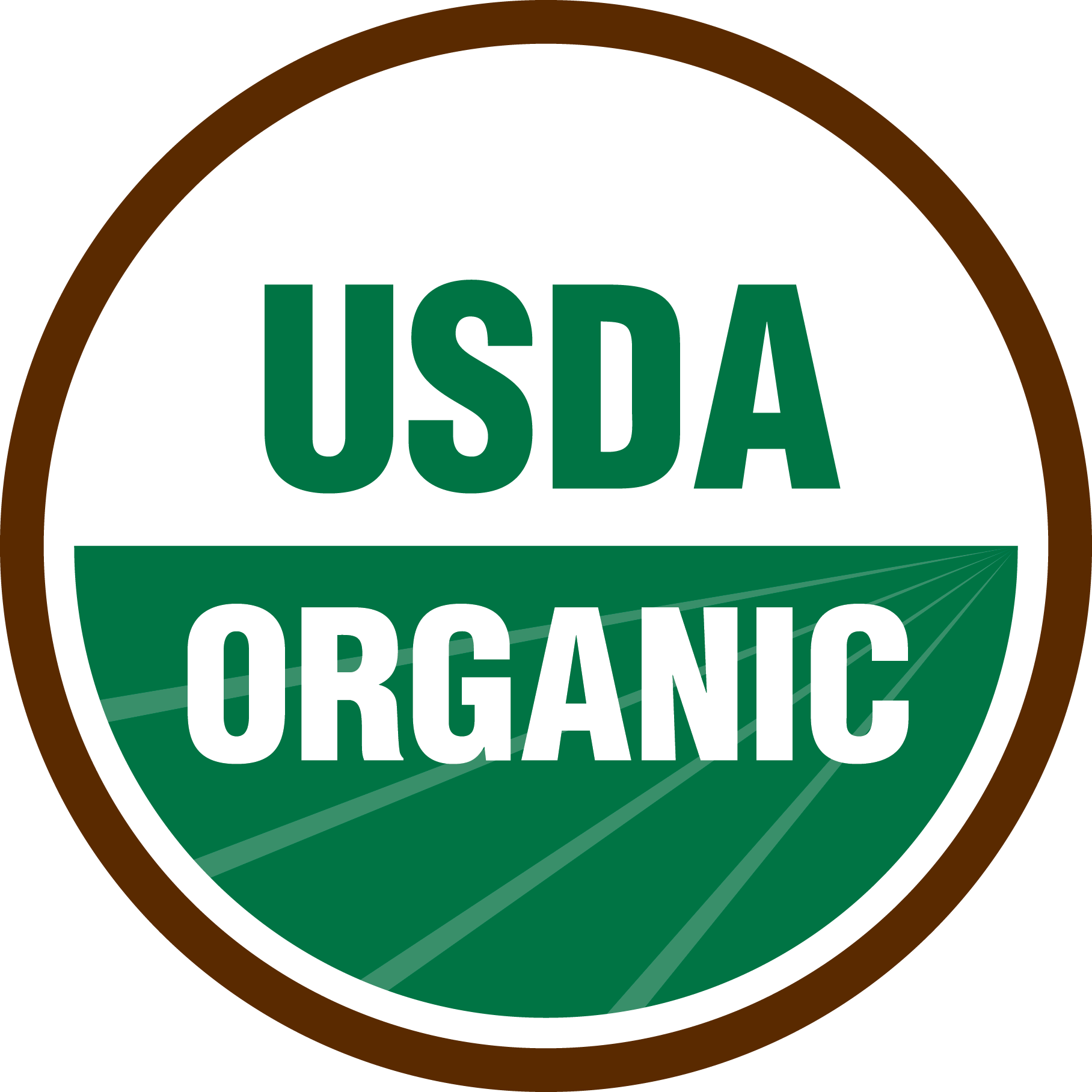The Price of Good Food
Most small farmers are people who love the land and the animals. They have chosen the farming life for reasons well beyond the monetary reward. They only ask that the exchange be a fair one.
So why does Organic and Sustainably grown and raised food cost so much?
no chemicals mean more labor
Sustainable farming is not only a labor of love but also labor intensive. These farmers are personally involved every single day overseeing nature's patient life cycles in order to produce healthy food. Instead of spraying crops with synthetic pesticides like conventional farms do, organic farms use people to oversee the labor intensive tasks of caring for the crops.
government subsidies
Government subsidies paid to conventional farms for higher production reduces the overall cost of conventionally grown crops. According to the House Appropriations Committee, mandatory spending on farm subsidies in 2008 was $7.5 billion for conventionally grown crops, and only $15 million for organic and local foods.
higher cost of fertilizer
Organic farms use compost and animal manure to to fertilize their crops. Maintaining and managing these organic materials can be labor intensive. In contrast, conventional farms use chemicals and inexpensive sewage sludge that is simply sprayed on crops.
CROP ROTATION
Well managed farms use crop rotation to keep soil healthy and to reduce weed growth. This means letting harvested acres rest for a season by planting a "cover crop" that will replenish the nitrogen in the soil. Conventional farms plant every acre every year, never allowing the soil to rest and rejuvenate. Weeds are controlled with chemical weed killers.
ORGANIC FOOD GROWS SLOWER
Needless to say, time is money. Because organic farms don't use chemicals and growth hormones to accelerate growth, it generally takes more time to produce organic crops, dairy and meat animals.
COST OF ANNUAL CERTIFICATION
Getting USDA organic certification isn't easy or inexpensive. First, an organic farm must pay an annual inspection/certification fee that can cost as much as $2,000 a year. For a small farm, that's a lot of money. In addition, operations, facilities and production methods must comply with specific standards and may require expensive facility modifications. Strict daily records must be kept and made available at a moments notice, often requiring additional man power.
HIGHER RATE OF LOSS
Conventional farms use chemicals to reduce the loss of crops. Organic farmers don't use them so their losses are higher. On conventional farms synthetic pesticides are used to repel insects on livestock and antibiotics are used to maintain the health of food animals. Organic products have been treated with neither, so losses are higher. No chemical preservatives are added to increase shelf life.
COST OF TRANSPORTATION
In order to prevent cross-contamination, organic produce must be handled and shipped separately from conventionally grown produce. Because there is less organic produce being sold, transportation costs are higher.







